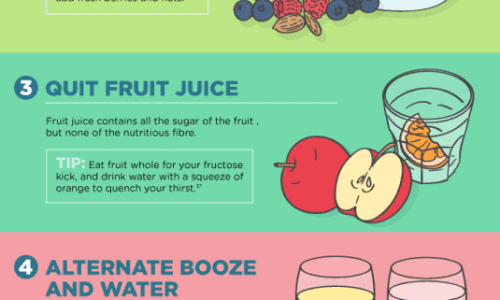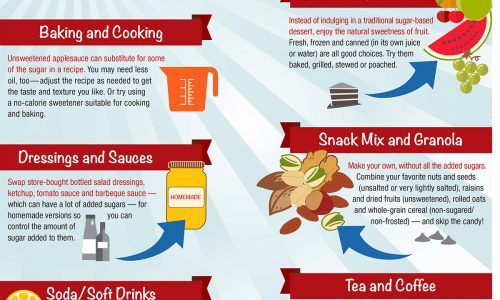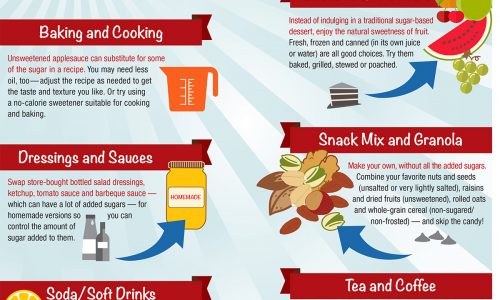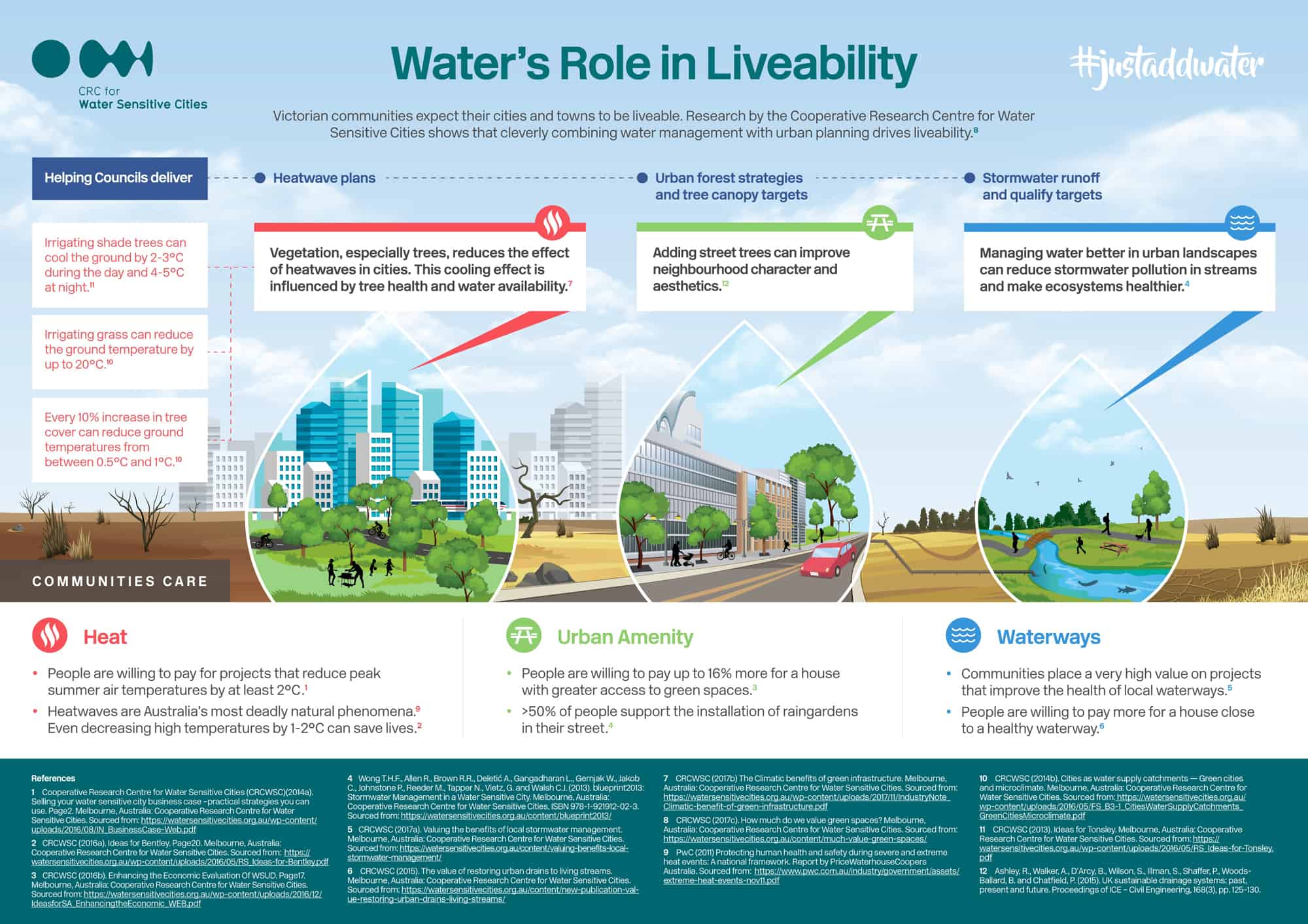
The first time I traveled abroad I remember being distinctly shocked by the lack of water served at restaurants. It wasn’t culture shock, it was actual moral outrage that I wasn’t offered any high quality H2O for free. The nerve!
Now I feel like a brat for thinking that, but the truth is, water is seemingly abundant and cheap, and in developed countries it’s not difficult to develop a sense of entitlement.
It’s quite easy to to turn a blind eye to the water issues that are brewing. Today’s infographic is a bit of a wakeup call.
2 million tons of sewage, industrial, and agricultural waste are returned back into the world’s water. This is roughly the weight of the entire human population. The global population is around 7 billion people, but half of them will face water shortages in 2025.
It’s not just drinking water – Next time I think about jumping into a lake or river in the US, I’ll need to consider that over 40% are polluted and considered unhealthy for swimming, fishing or aquatic life.
The problem is a global one, but it does come with solutions. Water infrastructure investment is required, and businesses could be more responsible about dumping industrial waste.
As for you and me, try not to dispose toxic products like oil based paint in the sink or toilet. Even using antibacterial soaps can contaminate the water supply- the FDA ruled last year that regular soap and water are just as effective as antibacterial anyway.
If we ignore water, it just might go away.




